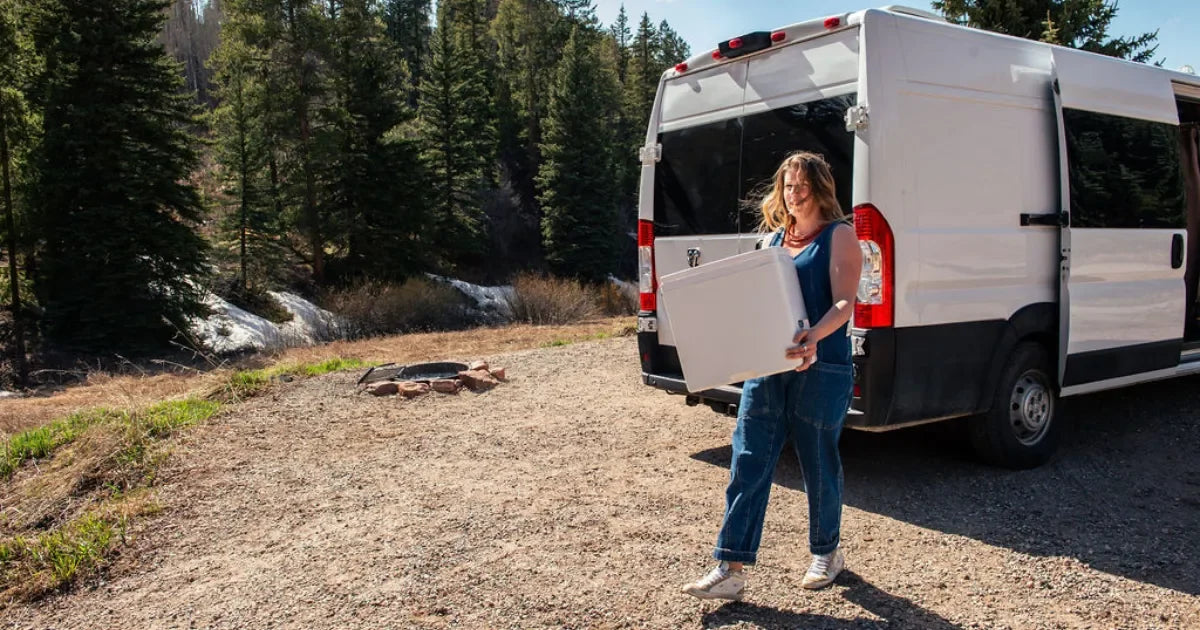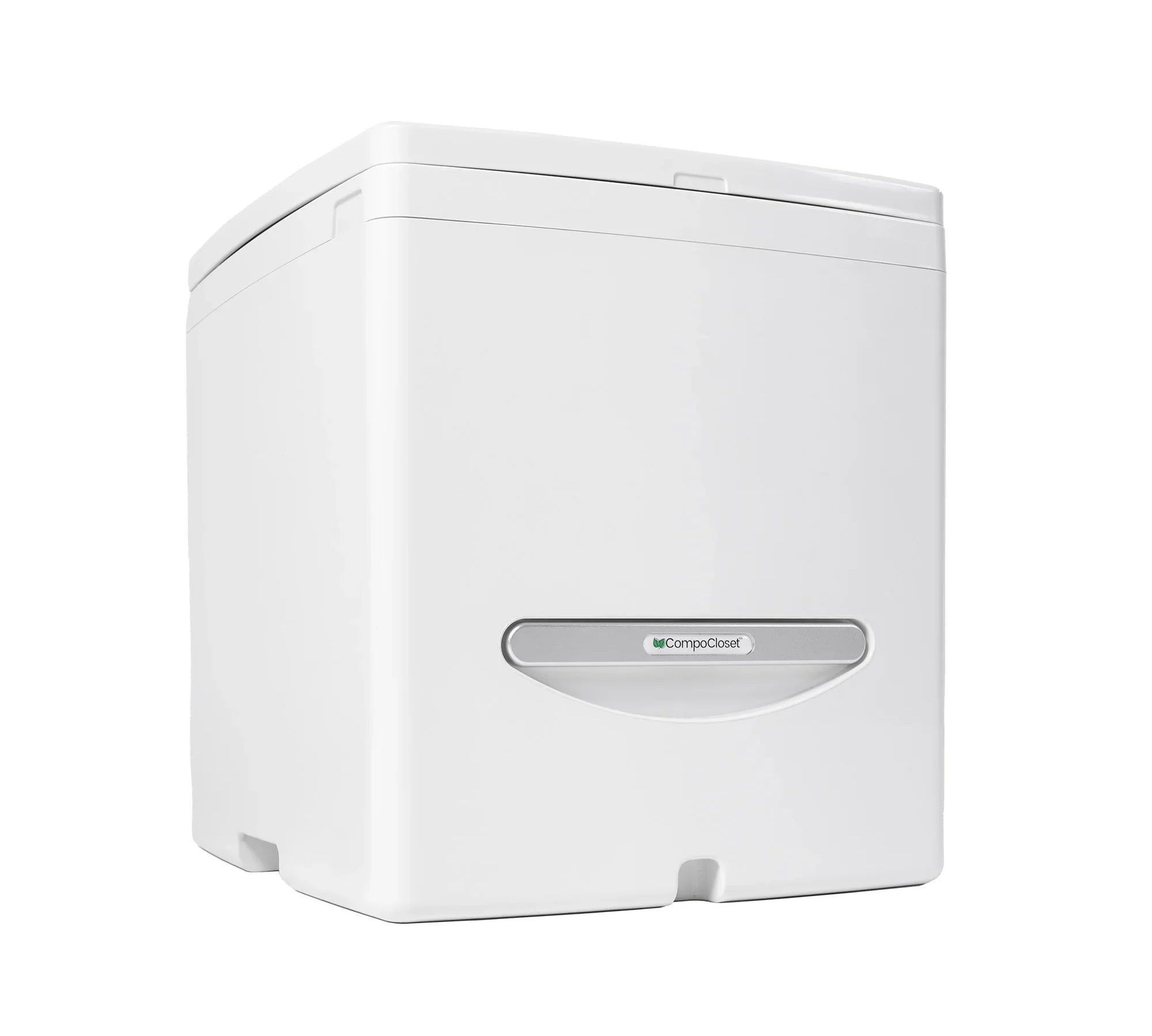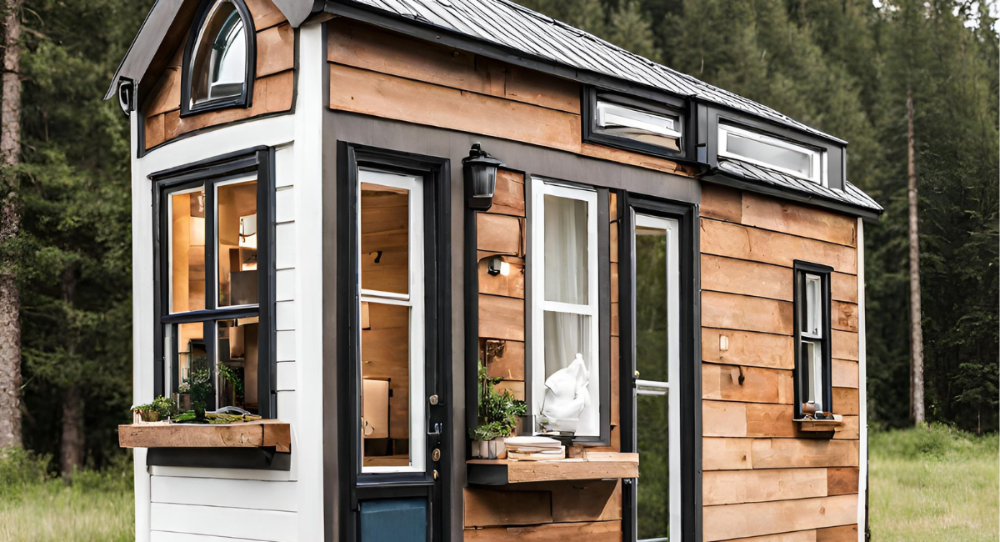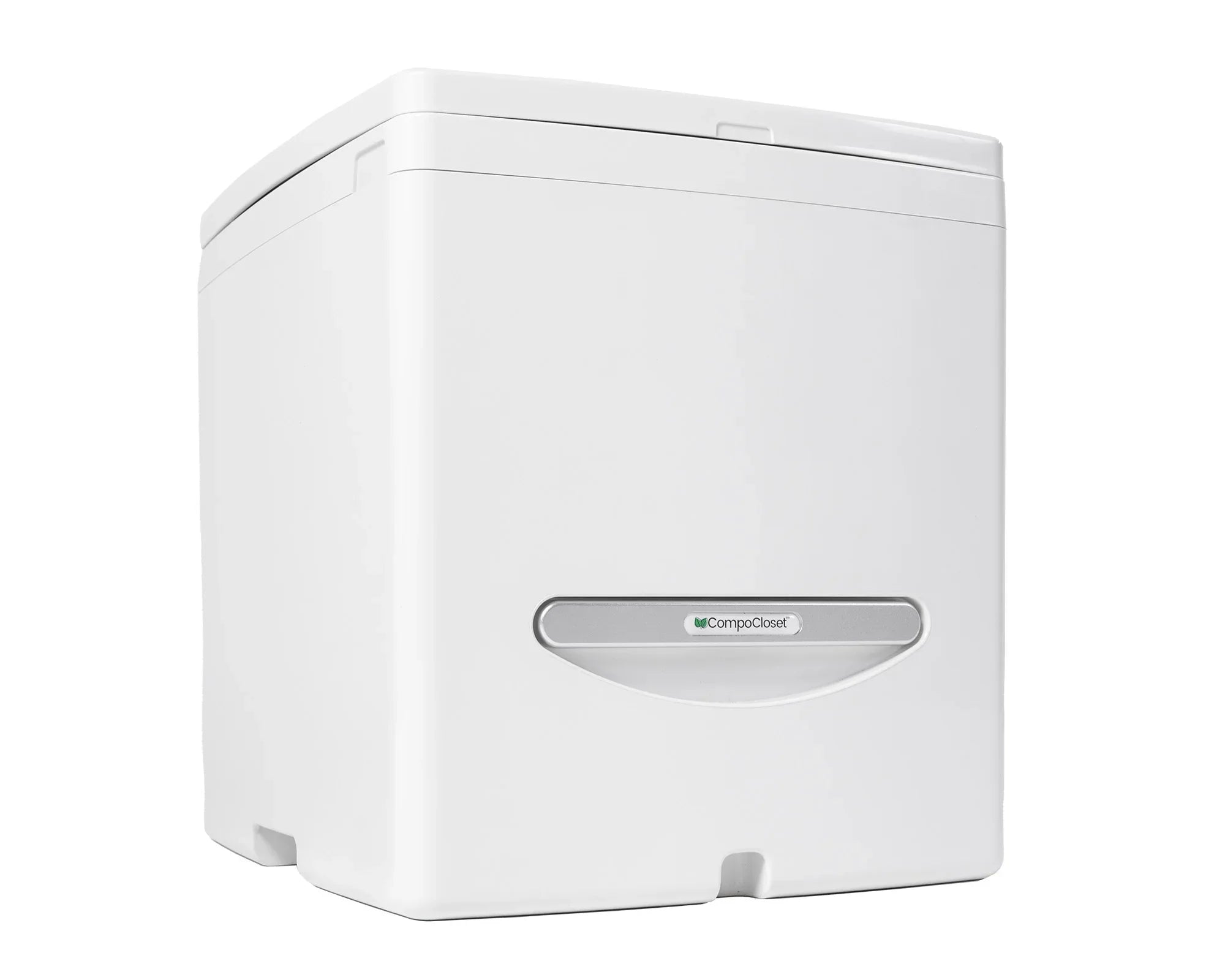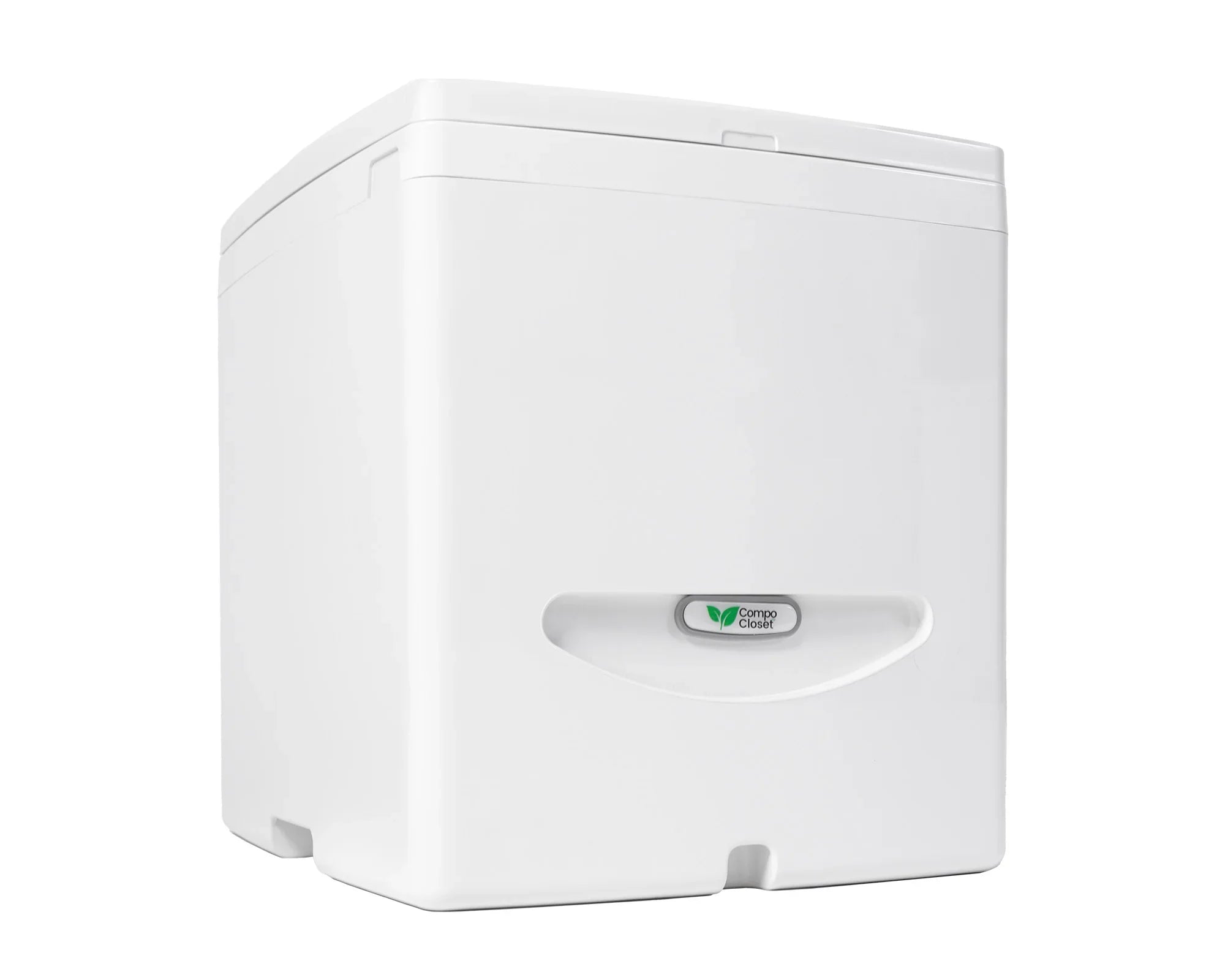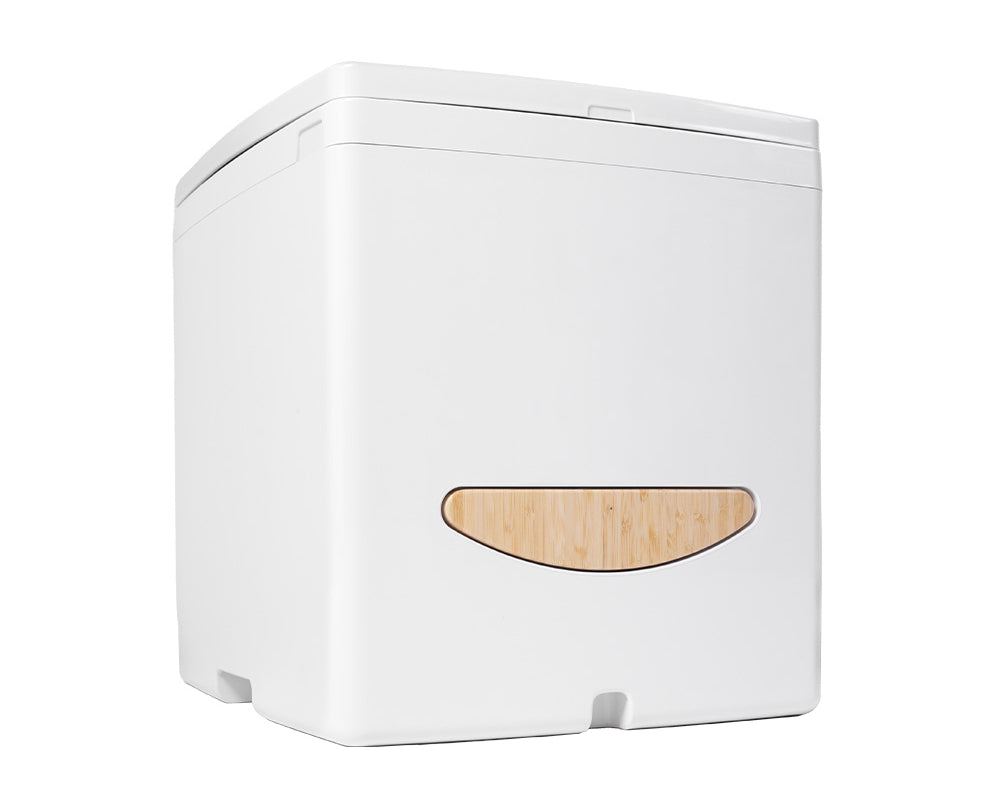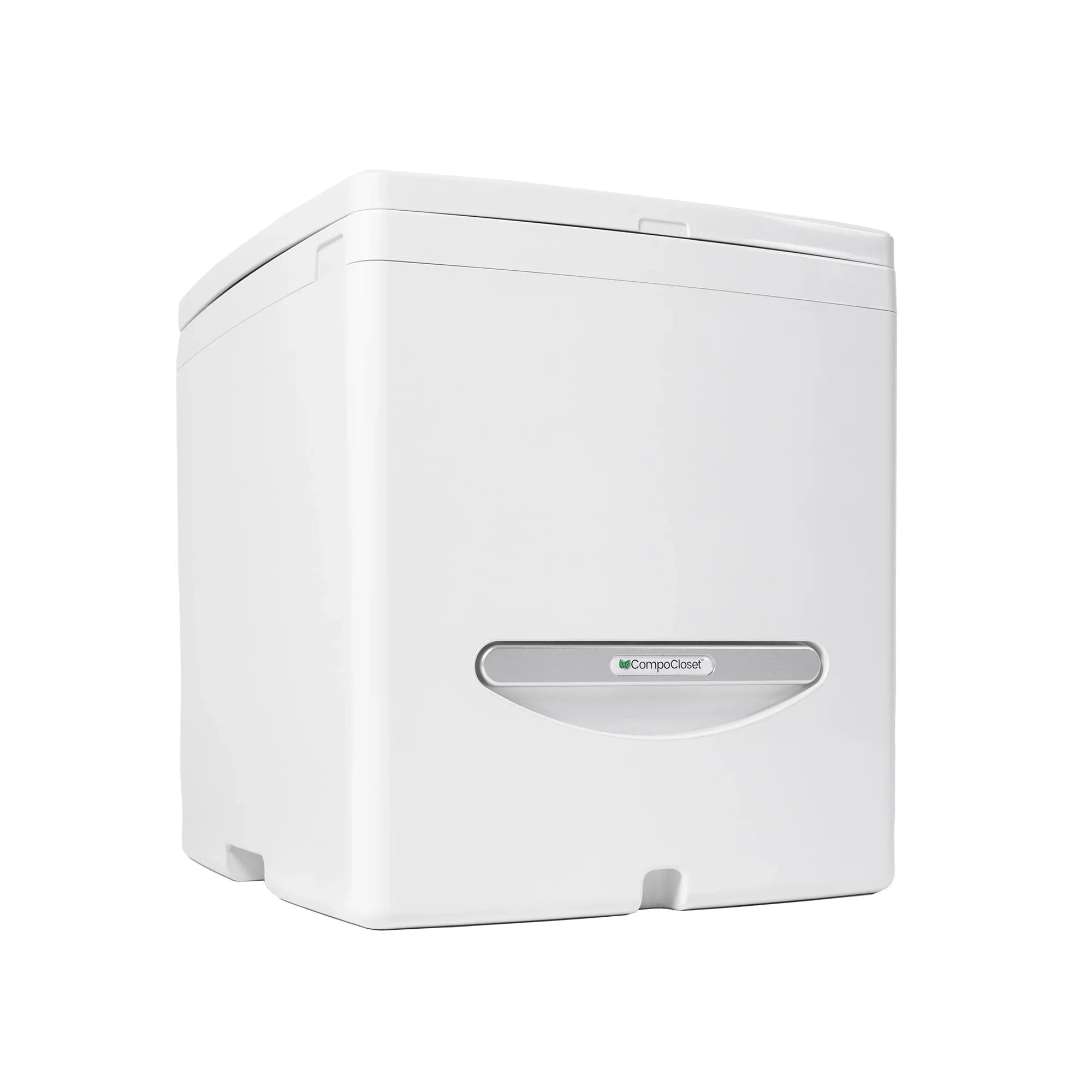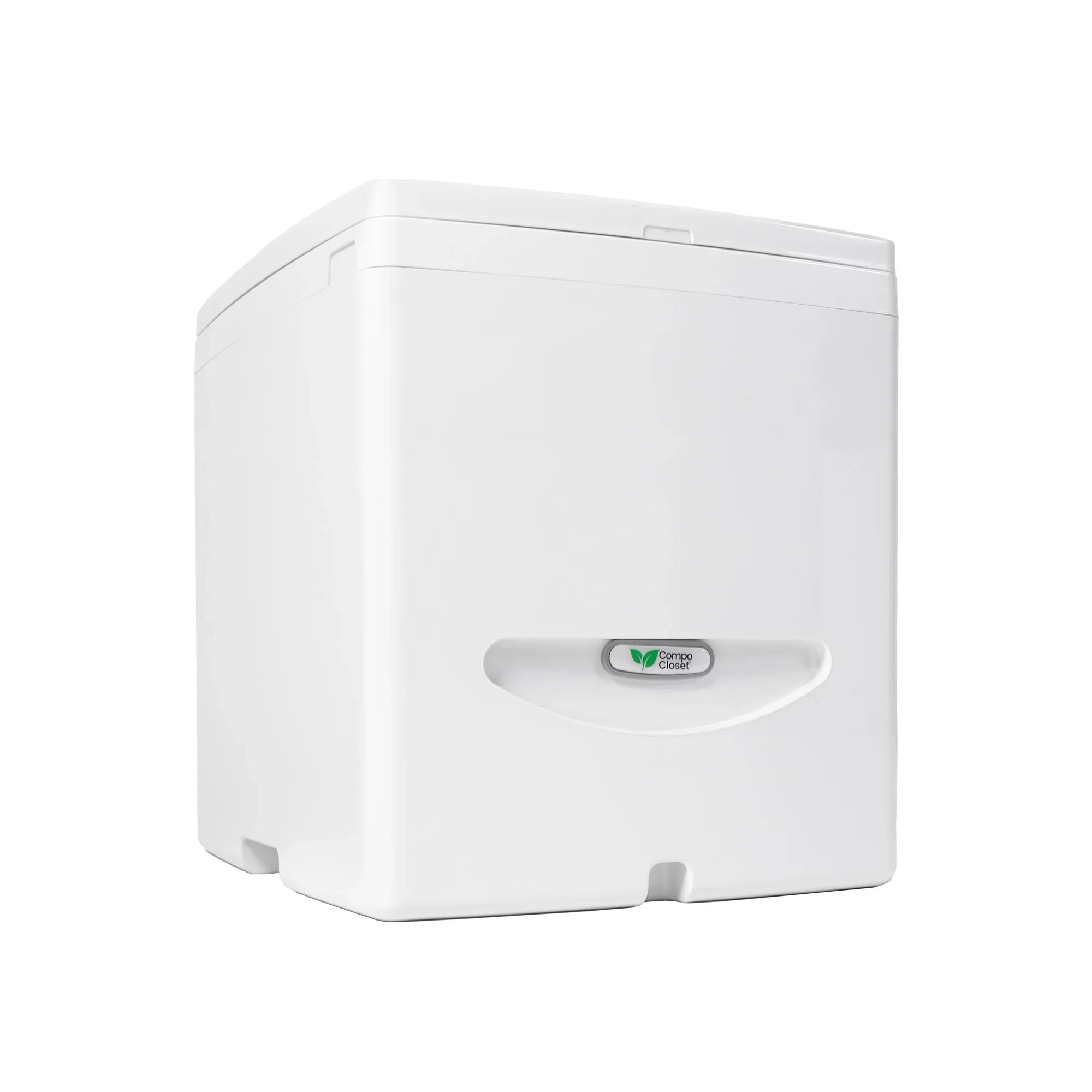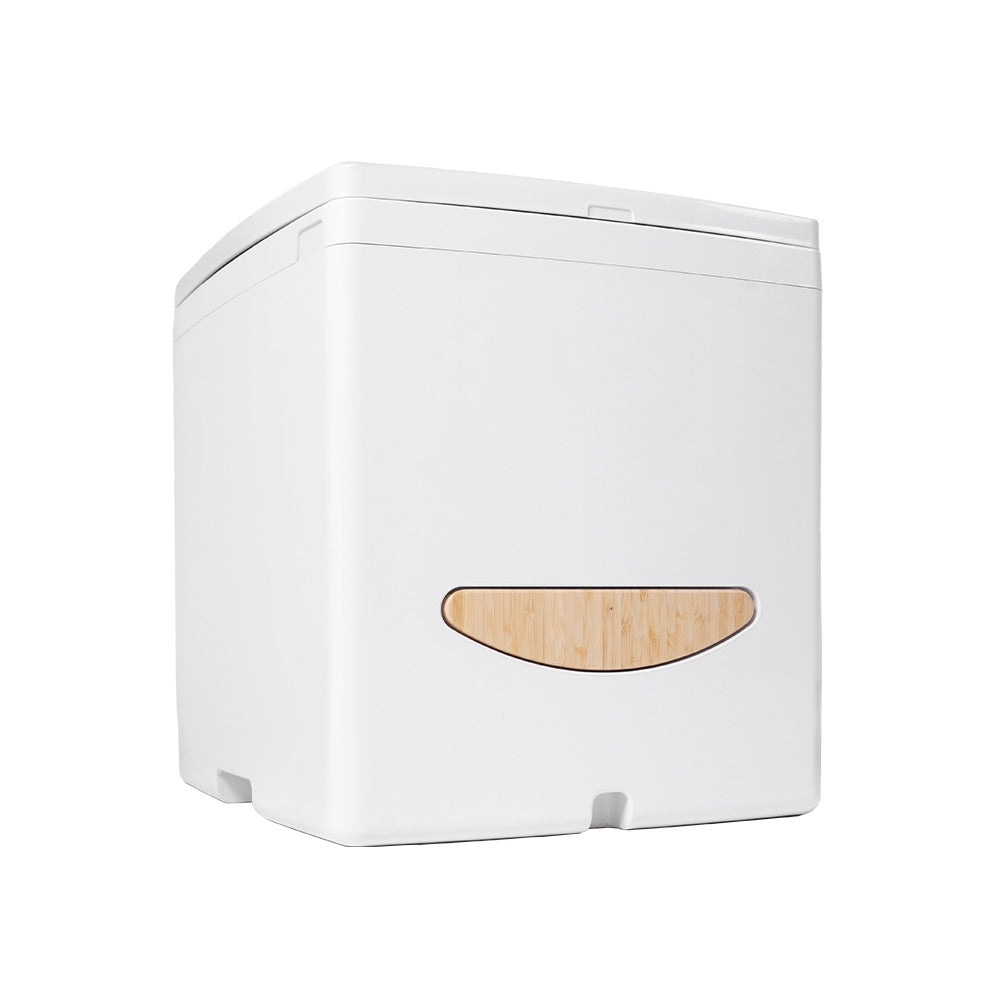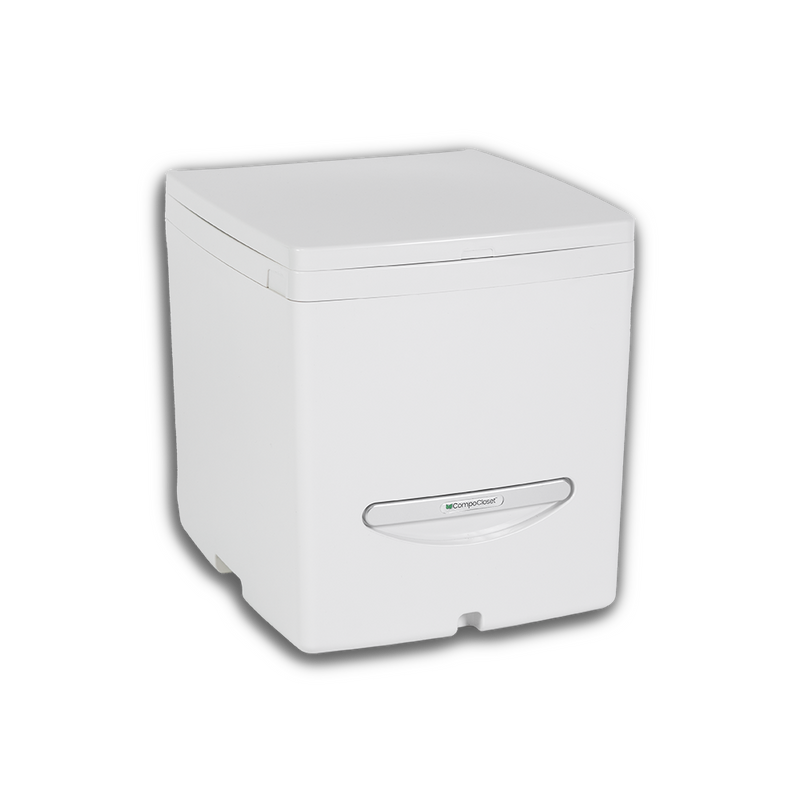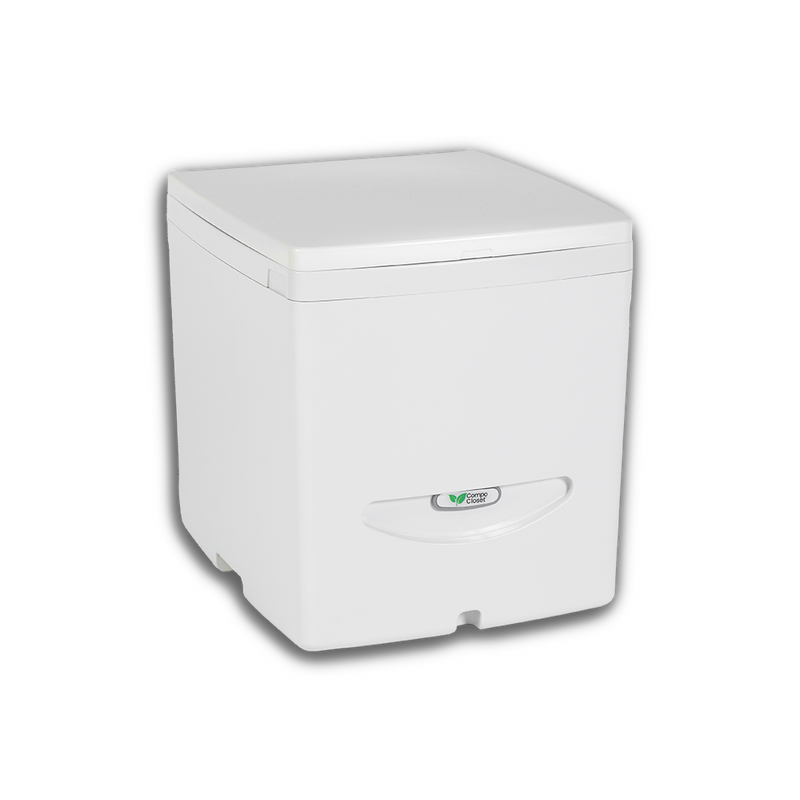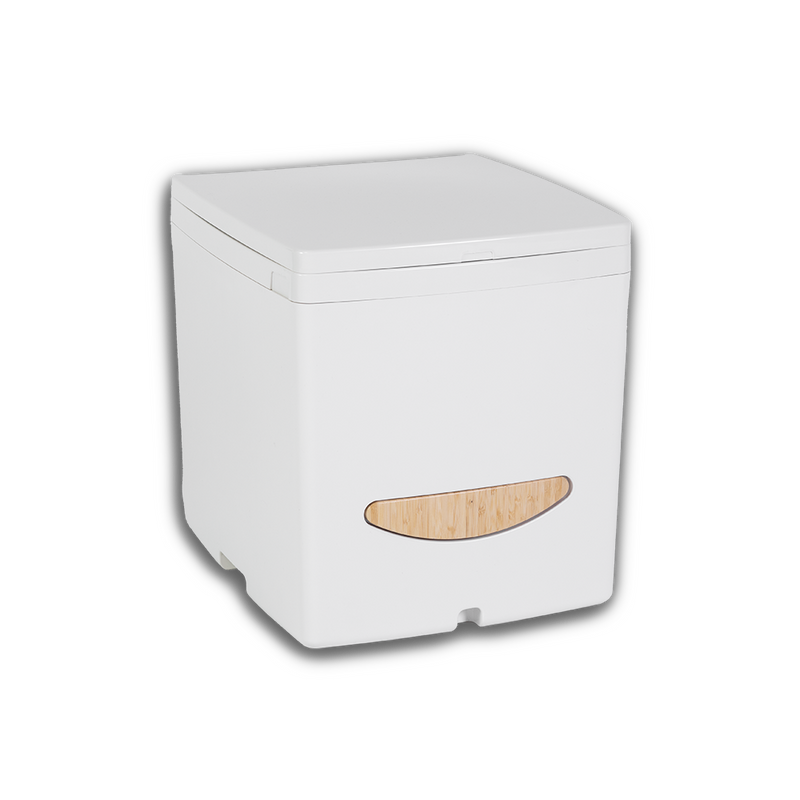Benefits of CompoCloset’s Tiny House Toilets
Our sustainable toilets are made for compact living, without compromising comfort. Here’s why they’re a favorite among tiny home dwellers, vanlifers, and off-grid adventurers alike:
- Space-smart design: Fits easily into tiny bathrooms, under benches, or in closets.
- No plumbing required: No septic tank, no outhouses. Just freedom.
- Odor control built-in: Thanks to urine diversion, sealed chambers, and optional ventilation.
- Low maintenance: Easy-to-empty bins, LED liquid indicators, and zero chemicals.
- Eco-conscious: Save water, skip the chemicals, and reduce your footprint.

